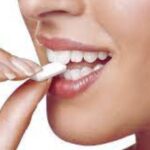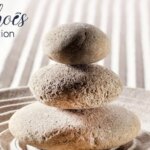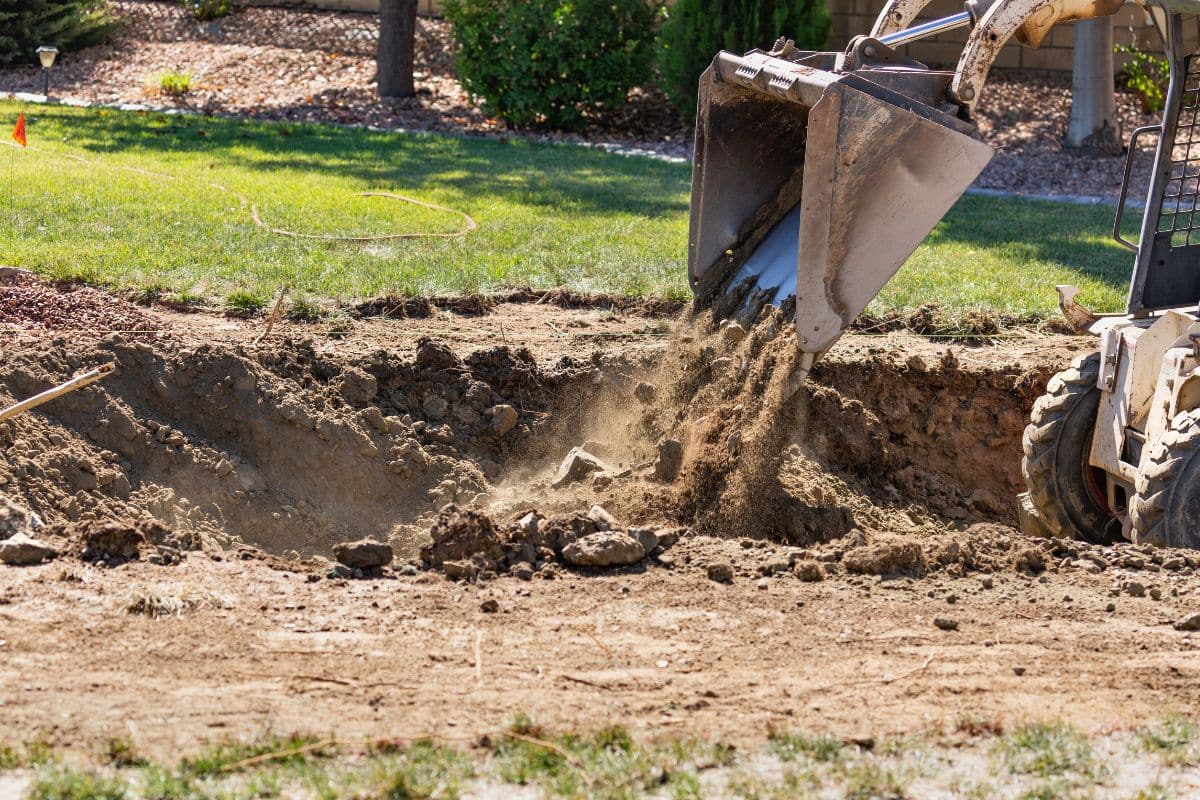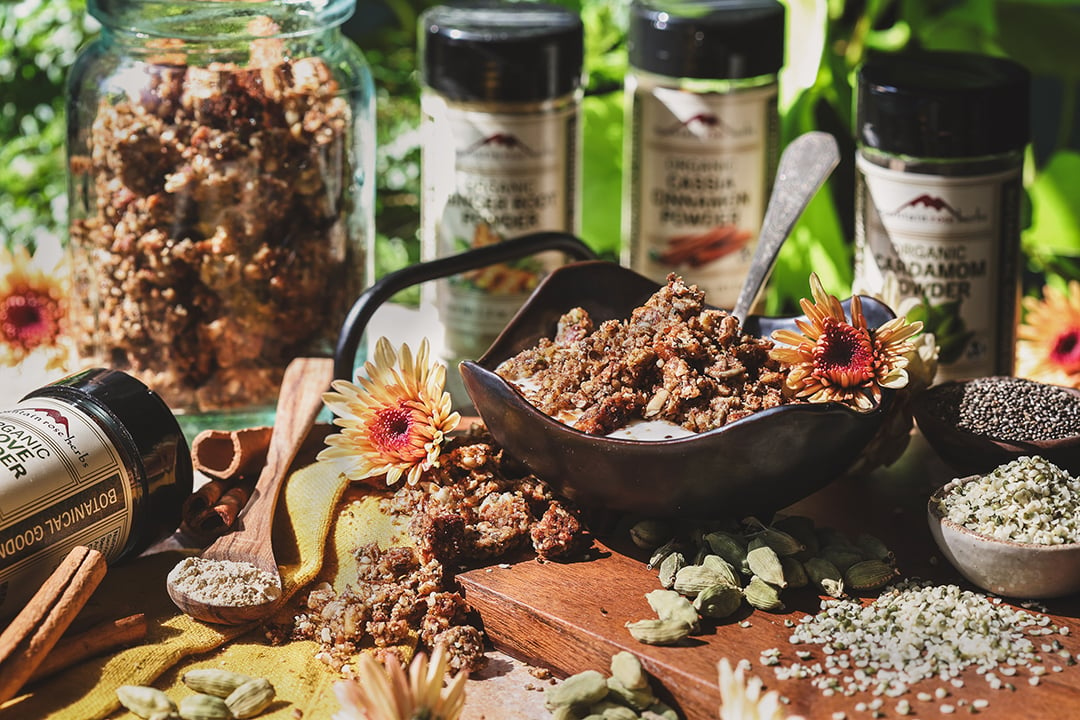Maintaining beautiful timber floors requires proper care and attention to preserve their natural elegance and longevity. Wood flooring represents a significant investment in your home, making it essential to understand effective cleaning methods that protect this valuable surface. The right approach involves using gentle techniques that remove dirt and debris without damaging the wood’s protective finish or causing unwanted moisture penetration.
Professional-grade cleaning solutions and appropriate tools make all the difference in achieving optimal results. Many homeowners unknowingly damage their timber floors by using harsh chemicals or excessive water, leading to warping, discoloration, or finish deterioration. Understanding the specific needs of your wood species and finish type ensures you’ll maintain your floors’ pristine appearance for decades to come.
Essential tools and products for timber floor maintenance
Microfiber mops represent the gold standard for timber floor cleaning due to their exceptional ability to trap dust and particles without scratching the surface. These specialized cleaning tools feature thousands of tiny fibers that lift debris effectively while remaining gentle on delicate wood finishes. Unlike traditional cotton mops, microfiber options require less moisture and provide superior cleaning performance across various wood types and finishes.
pH-neutral cleaning solutions specifically formulated for hardwood floors offer the safest approach to removing stubborn stains and accumulated grime. These products maintain the wood’s natural balance without stripping protective coatings or causing chemical damage. Avoid ammonia-based cleaners, vinegar solutions, or generic all-purpose products that can permanently harm your timber’s appearance and structural integrity.
Specialized cleaning equipment includes soft-bristled brushes for textured surfaces, vacuum cleaners with hardwood-specific attachments, and spray bottles for controlled application of cleaning solutions. Professional-grade squeegees help remove excess moisture quickly, preventing water damage that commonly occurs when floors remain wet for extended periods. Investment in quality tools pays dividends through improved cleaning efficiency and floor longevity.
When organizing your cleaning supplies, proper storage becomes crucial for maintaining product effectiveness. Just as storing potatoes requires specific conditions, cleaning products need appropriate environments to preserve their chemical stability. Keep solutions in cool, dry locations away from direct sunlight to ensure optimal performance during each cleaning session.
Step-by-step cleaning methodology for optimal results
Daily maintenance begins with thorough dust removal using dry microfiber mops or vacuum cleaners equipped with hardwood floor attachments. This preliminary step prevents abrasive particles from scratching the surface during wet cleaning phases. Focus on high-traffic areas where dirt accumulation occurs most frequently, paying special attention to entryways and transitional spaces between rooms.
Weekly deep cleaning involves applying pH-neutral solutions using controlled spray techniques to avoid oversaturation. Work in manageable sections, typically 4×4 foot areas, allowing adequate time for soil dissolution without permitting standing water formation. The proper application technique requires spraying the cleaning solution directly onto the mop head rather than the floor surface, ensuring even distribution while minimizing moisture exposure.
The numbered cleaning sequence follows this precise order :
- Remove loose debris with dry microfiber mop or vacuum
- Prepare cleaning solution according to manufacturer specifications
- Apply solution to mop head using spray bottle technique
- Clean systematically in overlapping passes following wood grain direction
- Immediate drying with clean microfiber cloth removes residual moisture
- Final inspection ensures no streaking or water spots remain
Temperature considerations play a vital role in cleaning effectiveness and safety. Lukewarm water enhances cleaning solution performance without risking thermal expansion damage to wood planks. Understanding ingredient composition becomes important when selecting products, much like knowing what cleaning products contain helps ensure safe application around family members and pets.
Protecting your investment through preventive measures
Strategic placement of entry mats reduces external contaminants entering your home and contact with timber surfaces. High-quality doormat systems should include both exterior and interior options, creating multiple barriers against dirt, moisture, and abrasive materials. Regular mat cleaning and rotation ensure continued effectiveness in protecting your valuable flooring investment.
Environmental controls maintain optimal humidity levels between 30-50% to prevent wood expansion and contraction cycles that cause gaps, warping, or cracking. Seasonal adjustments become necessary as outdoor conditions change throughout the year. Proper ventilation systems work in conjunction with humidity management to create stable conditions favorable for timber floor longevity.
Furniture protection requires felt pads, furniture cups, or specialized floor protectors under all heavy items. These preventive measures distribute weight evenly while eliminating direct contact between furniture legs and wood surfaces. Regular inspection and replacement of protective items ensures continued effectiveness as adhesives weaken or pads compress over time.
Being prepared for unexpected situations helps preserve your floors during emergencies. Simple preparations, such as implementing practical household tricks for extended absences, demonstrate the importance of proactive maintenance approaches that protect valuable home investments during various circumstances.
Professional maintenance versus DIY approaches
Annual professional assessments identify potential issues before they become costly repairs requiring extensive intervention. Certified flooring specialists possess specialized equipment and expertise to address deep cleaning needs, finish restoration, and structural problems beyond typical homeowner capabilities. These services typically include deep cleaning with commercial-grade equipment, finish evaluation, and preventive treatment applications.
DIY maintenance limitations become apparent when dealing with severe staining, finish wear, or moisture damage requiring specialized restoration techniques. While regular cleaning and basic maintenance remain within most homeowners’ abilities, recognizing when professional intervention becomes necessary prevents additional damage and preserves warranty coverage on premium flooring installations.
Cost-benefit analysis favors consistent DIY maintenance supplemented by periodic professional services rather than neglecting regular care until problems develop. Investment in quality cleaning supplies and proper technique education provides excellent returns through extended floor life and maintained property values. Understanding these principles ensures your timber floors continue providing beauty and functionality for generations to come.










